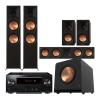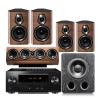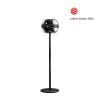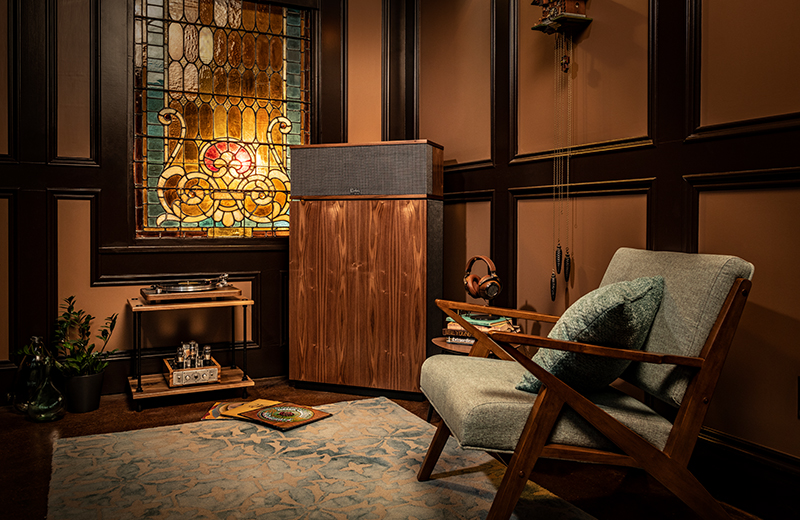Are you ready to breathe a new life into your movies and tv shows? With the right set of home theater speakers, you can enjoy a truly immersive surround sound experience, bringing out the best in your home entertainment. A home theater can come in many forms, from merely adding a few AV products to your setup to completely renovating your entire space to replicate an intricate commercial cinema setup. With a number of paths to achieve these different goals and so many options on the market, it can be difficult to decide which setup is best for you and where to start.
In this introductory article, we'll explore the various types of home theater speakers and the basic components required to start shaping your perfect system. So if you're ready to elevate your entertainment game, read on!
Home Theater Setup: An overview
To get started, you'll need an AV receiver to power your speakers and give you more control over how you set up, use, and upgrade your home theater system. Next, you will need a center channel speaker to place below your television or screen of choice. Moving on to the front left and right speakers on either side of the television/screen - the most popular choice would be to use a pair of bookshelf or floor-standing speakers. For surround sound, two or four speakers can be placed behind and/or beside you; bookshelf speakers or specialized speakers that fire in various directions will do the trick. Last but not least, enhance all these with one or two powered subwoofers. If you're into overhead sounds, and your receiver offers Dolby Atmos® processing, consider adding a pair of in-ceiling or upward-firing speakers.
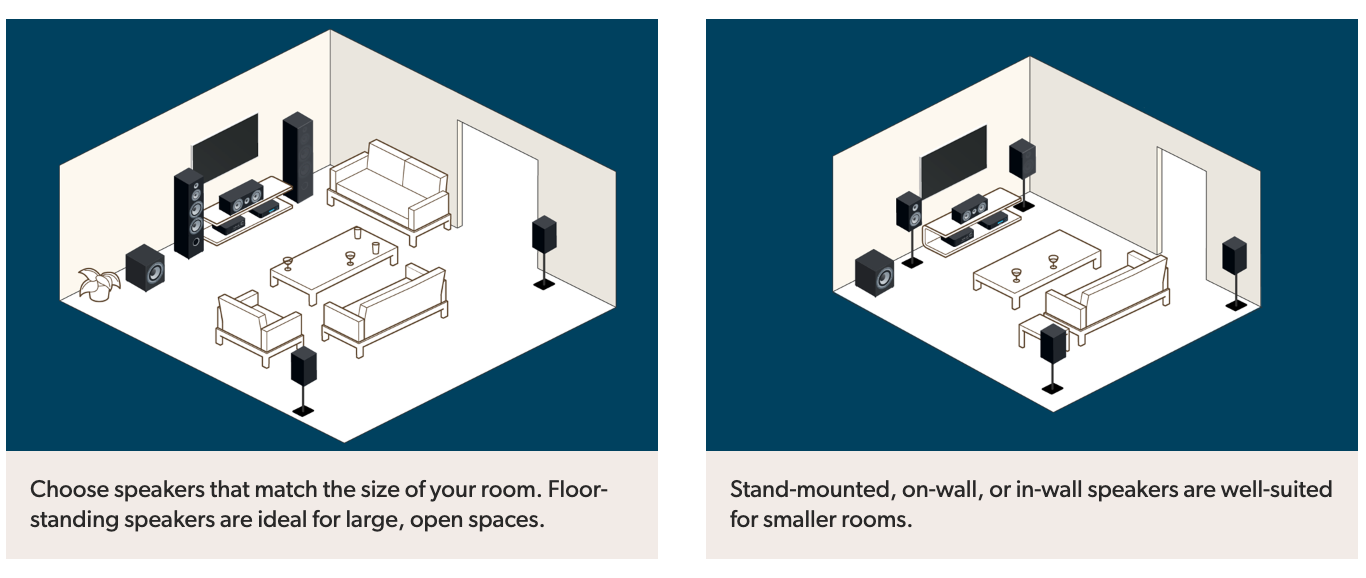
Home Theater Speakers
Home theater speakers are the key component of any great home theater setup. They deliver the sound that brings your on-screen entertainment to life, creating a truly immersive experience. When selecting speakers for your home theater, there are many points to consider from the type of speaker and its power requirements to sticking with a single manufacturer or whether to mix and match. Speakers come in a variety of shapes and sizes, from traditional floor-standing towers to bookshelf speakers, soundbars, and discrete in or on-wall options. The size and layout of your room will determine the speaker type, its power requirements, and the placement best suited for your needs.
Center Channel Speakers: the heart of the setup delivering dialogue and more
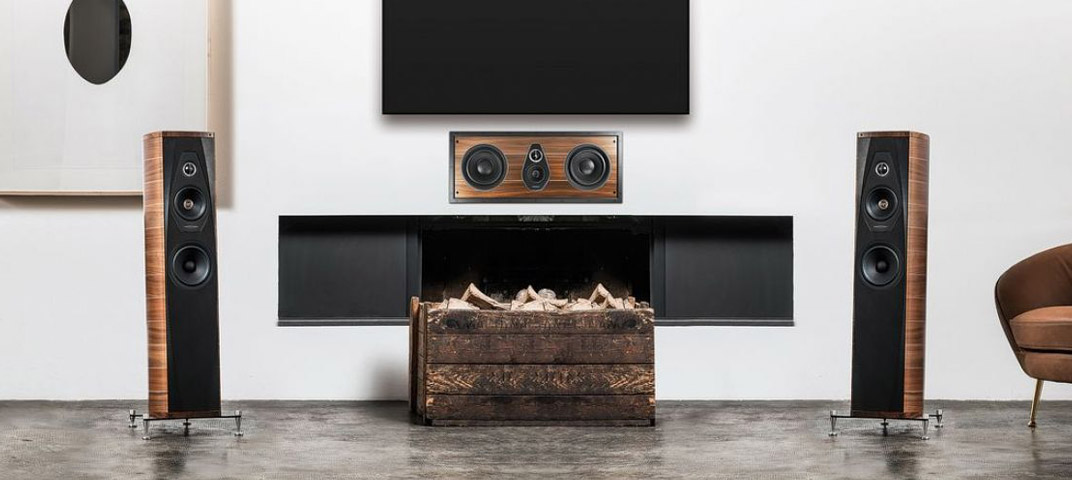
The center channel speaker is traditionally placed below your TV screen. Often designed to deliver a broad, powerful sound profile in a compact form, the center channel speaker serves as the primary point of sound. It is responsible for a large portion of providing clear and crisp dialogue and directs other speakers to help optimize sound quality.
Similar to the room size, when selecting your center channel speaker one should consider the size of the furniture it will be placed within. More importantly, the center channel should pair well with the rest of the speakers within the setup. Compact speakers will not require as much power where as a larger pair of floor-standing speakers would require a larger center channel for a more balanced level of output.
Front Left & Right Speakers: Creating a wide soundstage
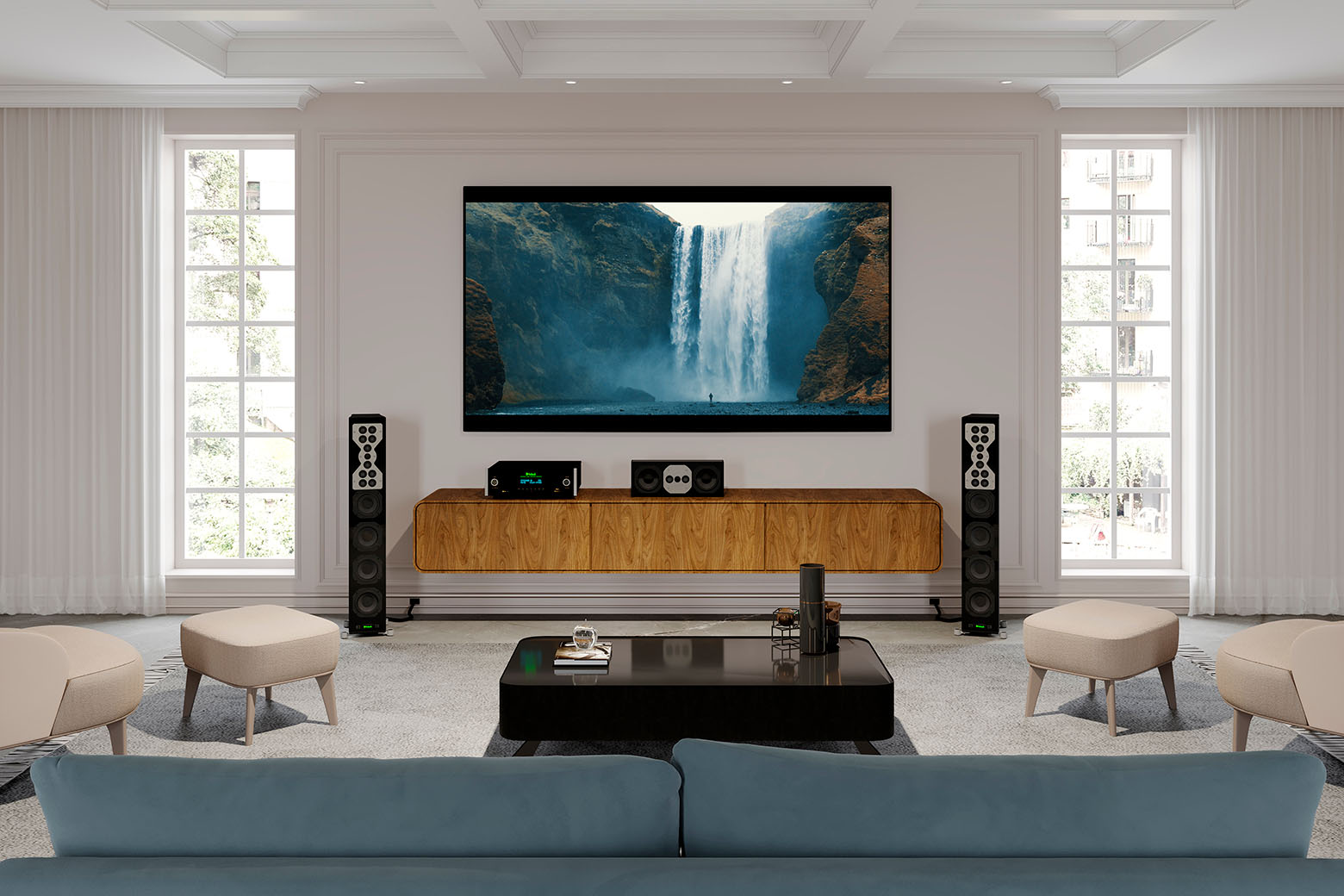
The front left and right speakers draw you in by reproducing sounds such as the musical score and special effects. These sounds move between both front speakers in complete harmony with the action on screen, drawing you into the movie, forgetting the world outside of that experience.
If you're not looking to have the system be the center of attraction within your room layout, consider in-wall/in-ceiling custom installation speakers which will effortlessly blend in with your decor and save room for other furniture.

Bookshelf speakers and compact wireless speakers are all perfect solutions for obtaining an immersive sound experience without taking up space.
On the other hand, if space is not a concern and you are looking for powerful sound, floor-standing speakers would be the way forward. Tower speakers will deliver a fuller, more powerful surround sound experience getting you closer to a cinema-like experience for increased viewing pleasure. They can also be used for listening to music in stereo, alongside some of our compact speaker models.
Our recipe for building a breathtaking surround sound system typically consists of at least five (5) speakers - front left/right, center channel, and rear left/right - as well as a subwoofer. This will provide the best balance of enveloping sound coming from all directions providing the most captivating experience.
Surround Sound Speakers: Realism through special effects
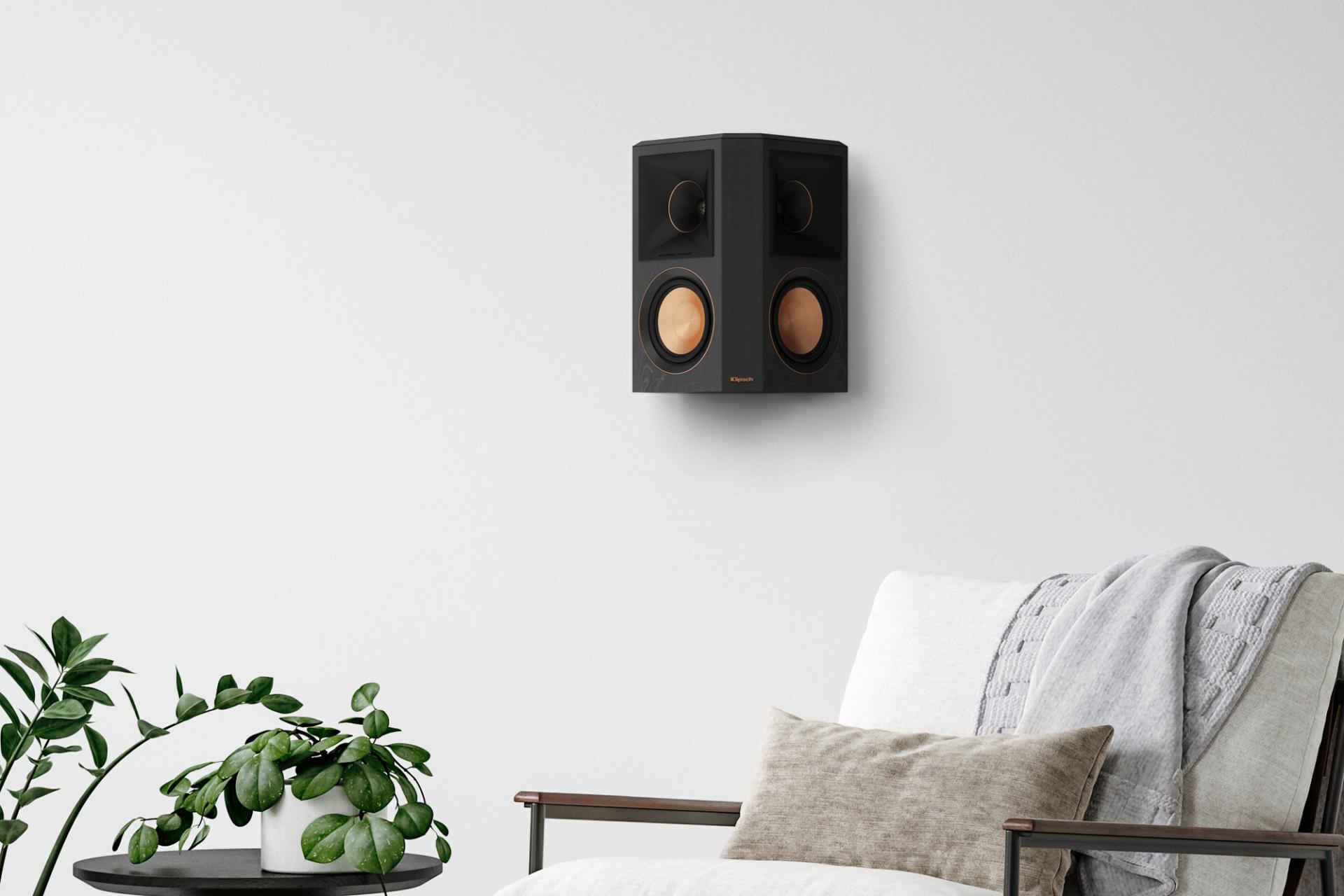
Dive deep into the home theater experience with the all-encompassing power of surround sound. Surround speakers are the ultimate upgrade to any home theater system. Placing two or four speakers around your room - behind and or beside you will provide enveloping lifelike directional surround sound from every angle.
The crack of a twig behind you, a jet soaring overhead, voices in a crowded room; these effects need to be conveyed with spatial imaging to emphasize what is happening off-screen and all around you.
A 5.1-channel system uses one pair of surround sound speakers positioned beside or behind you where as a 7.1-channel system uses both side and rear surround speakers. The primary number before the decimal place indicates the number of speakers used in the front left/right and rear left/right, whilst the number after the decimal place indicates the number of subwoofers used. Another popular trend these days is to add an overhead layer of object-based sound through formats such as Dolby Atmos and DTS:X which we will go into detail further with another article.
Surround speakers come as floor-standing speakers, bookshelf speakers, wall-mounted speakers, and in-ceiling or stand-mounted speakers. The choice depends on your personal preferences and the possibilities your room offers.
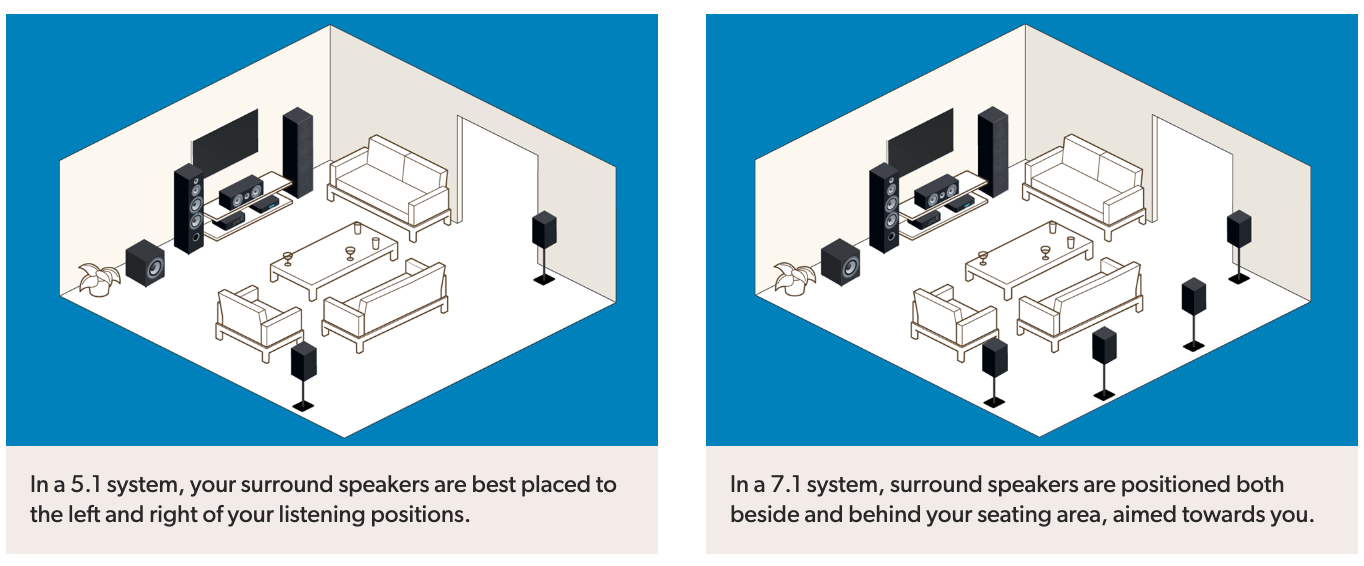
Subwoofers: Adding depth with that bass
A subwoofer is the cherry on top of any great home theater system. It provides powerful bass that will make movies and TV shows come alive. Subwoofers are typically placed in the front of the room, but you can also place them in other areas for added depth. We recommend adding at least one powered subwoofer to your home theater system to get that deep and powerful bass effect.
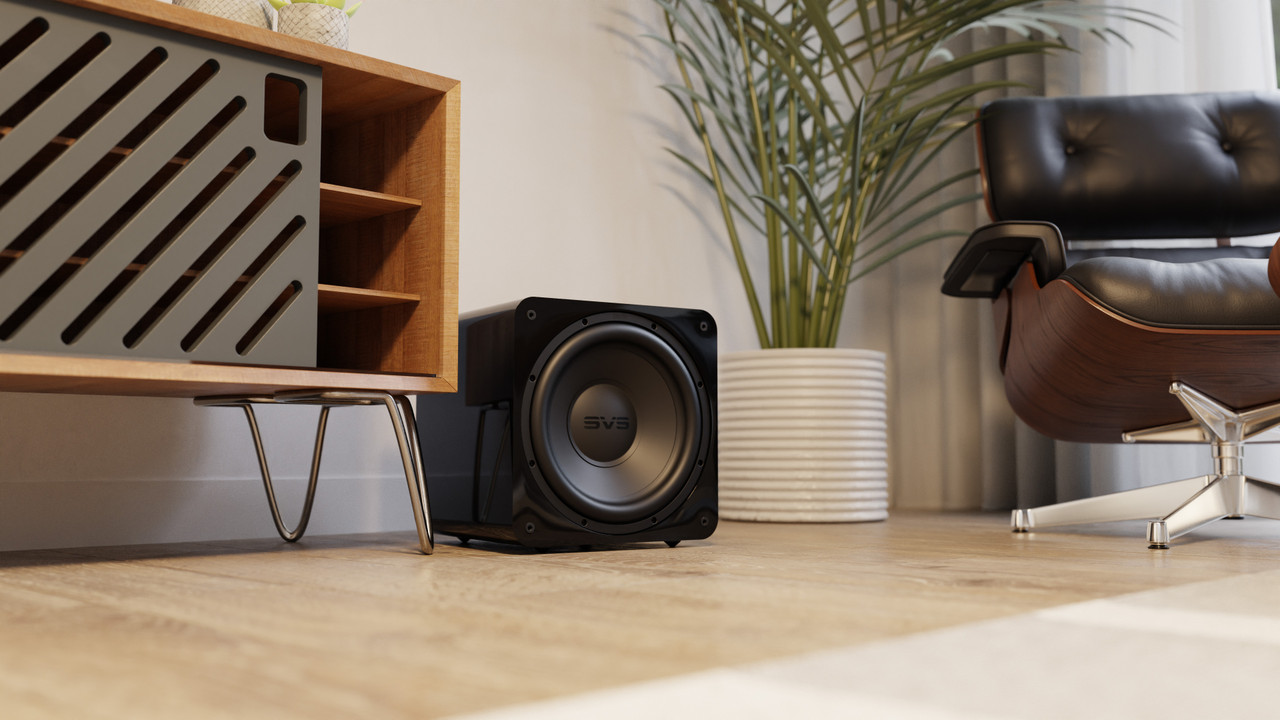
Subwoofers come in both powered and passive varieties; if you're looking for maximum performance, you should look at a powered subwoofer with at least 200 watts of power handling capacity. As a general rule of thumb, the bigger the driver is, the deeper the bass it can produce.
Placement tips to get the most out of your home theater setup
Once you've selected your speakers and subwoofer, it's time to start thinking about placement. This can be a tricky process, but with our simple tips, you should be able to easily optimize your layout.
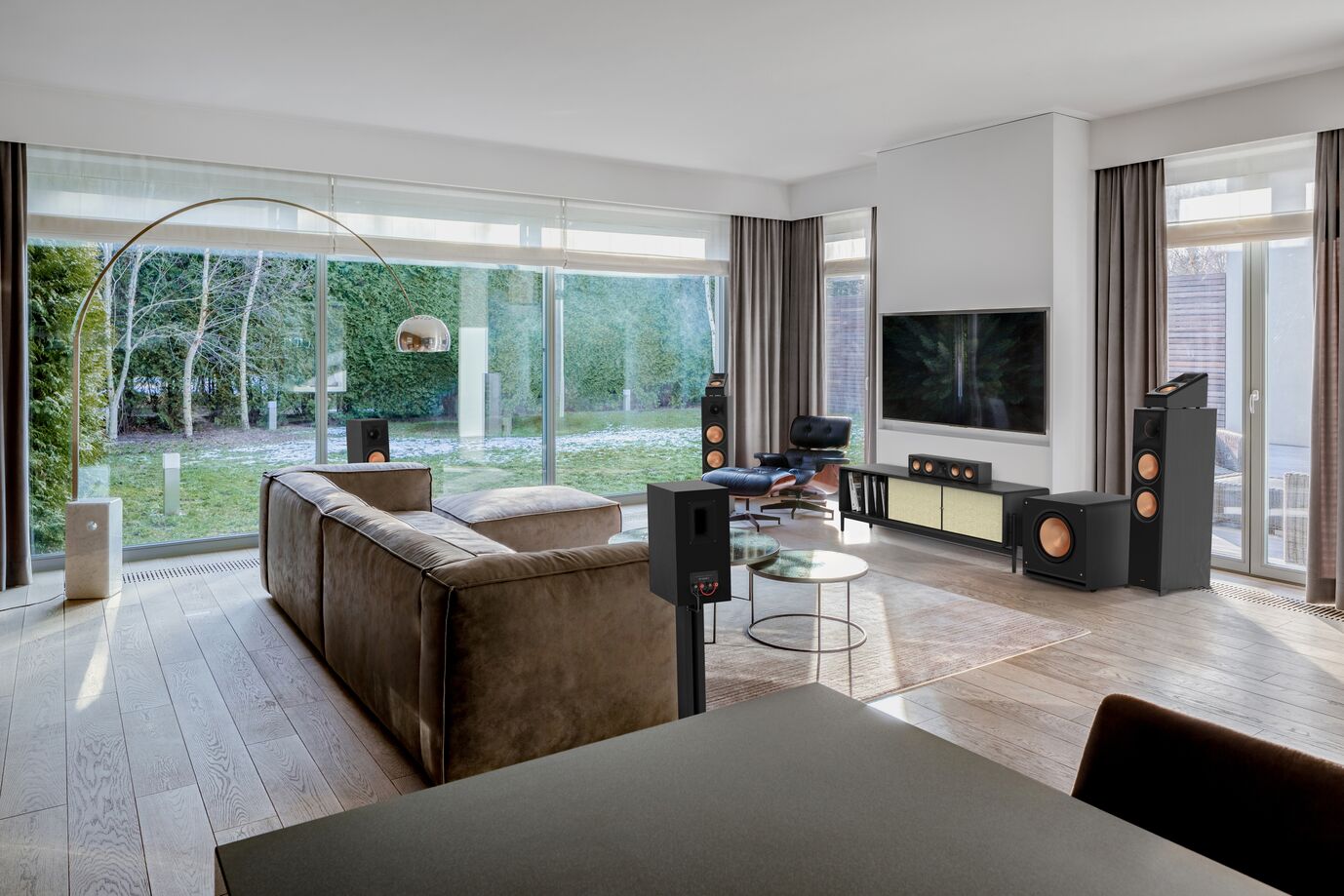
The first step is to position the front left and right speakers, center channel speaker, and subwoofer in front of you, around ear level. For the best sound experience, you should make sure that each speaker is at about the same distance from your ears.
If you're using a pair of bookshelf or center channel speakers, make sure to angle them slightly toward the listening area for better performance.
Place your surround speakers slightly behind and to the sides of the main seating area. This will help create an enveloping effect and make it feel like you are in the middle of the action. In a movie scene, this is where you might hear a helicopter passing overhead, or the roar of a crowd.
Taking your home theater system to the next level
Once you’ve completed the basics of your home theater setup, it’s time to move on to the details that will truly make your system stand out. A few extra accessories can take your surround sound system to the next level.
The electronics used could be referred to as the brains behind your home theater system, receiving the audio-video signals from the main source device and distributing them to your choice of speakers and display device. Your electronics are segmented into two primary categories, AV receivers and separates.
An AV receiver is your one-box solution which will combine all of your input, output, and amplification requirements in a single chassis. If however, you're a high-end audio enthusiast, you might opt for the later "separates" solution which will require a dedicated preamp/processor alongside an amplifier - either one or multiple depending on the amount of power required for your speakers of choice. A dedicated home theater processor gives the user more control and provides the ability to fine-tune every aspect of your system for optimal performance. You can adjust the level and type of surround sound effects, as well as tailor the overall sound profile to your personal preference.
Another very important accessory is choosing the right cables to connect your components to one another.
Finally, calibrate your system with a professional calibration service or an app to optimize your system for your individual setup. At Dubai Audio, we offer a calibration service for systems purchased from us.
Explore your options and get free expert advice
Creating an awesome home theater experience doesn't have to be complicated or expensive - with the right set of home theater speakers, you can create a truly immersive surround sound system that will take your movie and TV watching to the next level.
From selecting the right type of speaker right down to the overall installation, our Specialists at Dubai Audio can help you find the right home theater system for your space and budget. Get in touch here.
